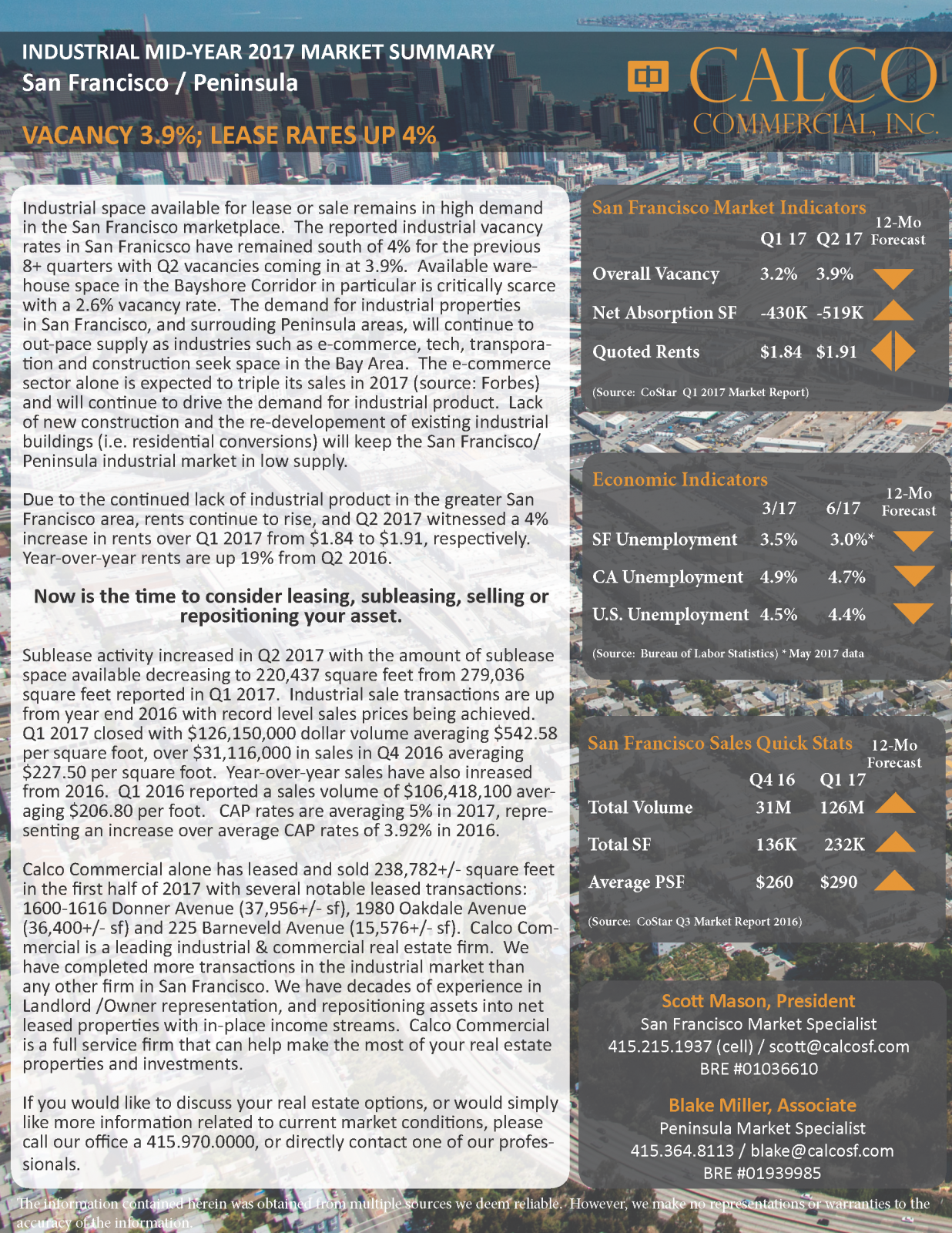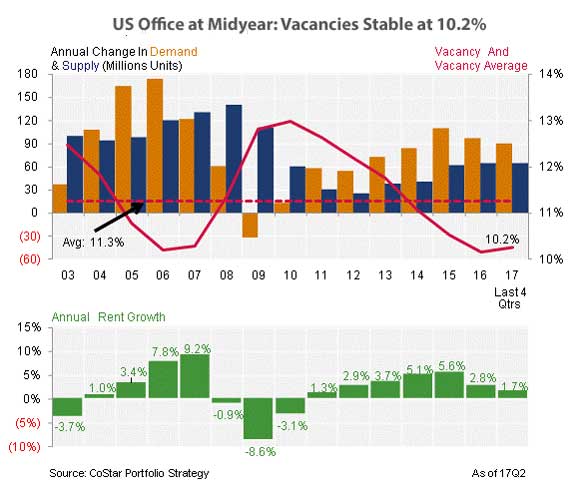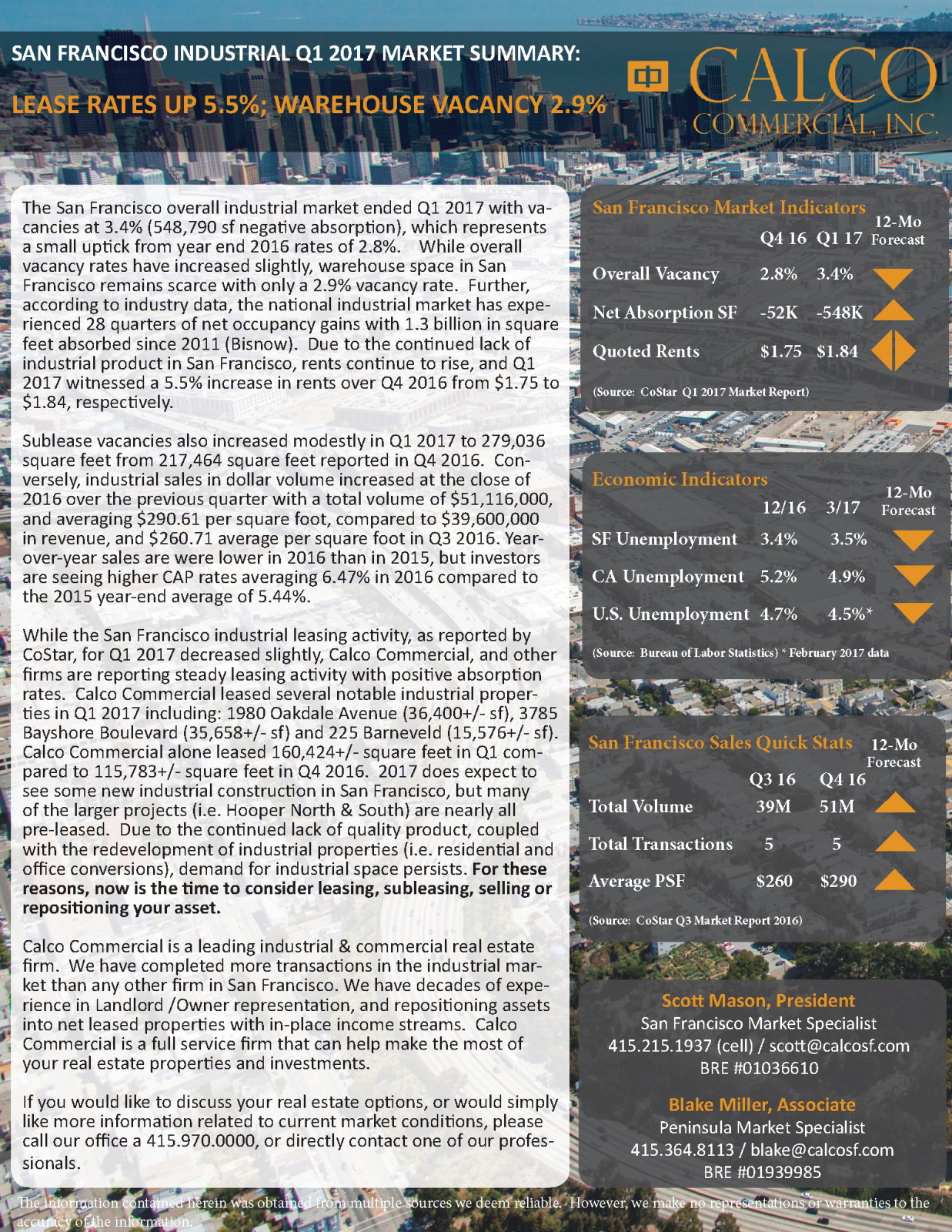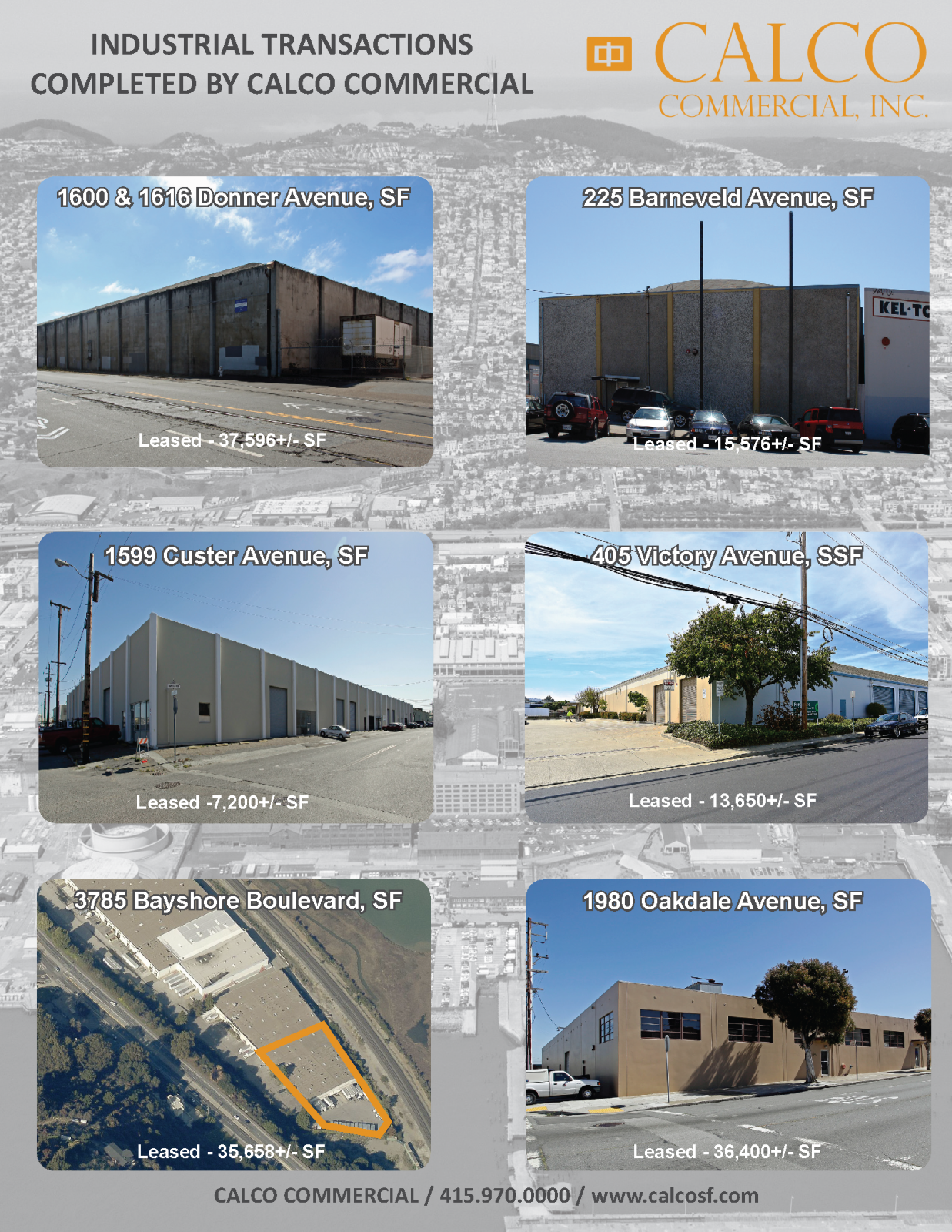Amazon today is posting another unique offering you can bid for online: a new headquarters site in North America.

The company is seeking sites in major North American cities for a “full equal” to its Seattle headquarters, dubbed Amazon HQ2. The online retailer expects to invest over $5 billion to build and operate its new co-headquarters, which it said could include as many as 50,000 high-paying jobs.
In addition, Amazon HQ2 is expected to create tens of thousands of additional jobs and tens of billions of dollars in additional investment in the surrounding community.
Amazon estimates its investments in Seattle from 2010 through 2016 resulted in an additional $38 billion to the city’s economy, providing data that showed every dollar invested by Amazon in Seattle has generated an additional 1.4 dollars for the city’s economy overall.
Real estate owners and state and local government leaders interested in learning more about how they can bring Amazon to their community can visit AmazonHQ2.
“Amazon HQ2 will bring billions of dollars in up-front and ongoing investments, and tens of thousands of high-paying jobs,” said Jeff Bezos, Amazon founder and CEO, in announcing the new headquarters search. “We’re excited to find a second home.”
Amazon listed the following criteria for choosing the location for HQ2:
Metropolitan areas with more than 1 million people;
A stable and business-friendly environment;
Urban or suburban locations with the potential to attract and retain strong technical talent; and
Communities that think big and creatively when considering locations and real estate options.
Amazon said the new location could be, but does not have to be, an urban or downtown campus with a similar layout to Amazon’s Seattle campus and a fully entitled, development-prepped site.
“We want to encourage states and communities to think creatively for viable real estate options, while not negatively affecting our preferred timeline,” the company said in its announcement.
Amazon expects to hire new teams and executives in HQ2, and said it plans to allow existing senior leaders across the company to decide whether to locate their teams in HQ1, HQ2 or both. The company expects that employees who are currently working in the Seattle HQ can choose to continue working there, or they could have an opportunity to move to HQ2.
Growing Exponentially
Amazon has been experiencing exponential growth and announced earlier this year hiring projections of adding more than 100,000 new, full-time jobs through next June. And, it has been expanding in markets across the country. The following is a list of major expansions undertaken just this year.
-Amazon Expansion Move – Date
-Opens search for Amazon HQ2 – A second headquarter city in North America — September-2017
-Announces first fulfilment center in New York, creating 2,250 full-time jobs — September-2017
-Expands in Oregon with Salem fulfilment center — August-2017
-Announces plans for new fulfilment center in Ohio — August-2017
-Completes acquisition of Whole Foods Market — August-2017
-Announces new fulfilment center in Romulus, OH — July-2017
-Opens new fulfilment center in Orlando — July-2017
-Announces plans for Salt Lake City fulfilment center — July-2017
-Announces new fulfilment center in Thornton, CO — June-2017
-Announces new fulfilment center in North Haven, CT — June-2017
-Announces plans to open first Oregon fulfilment center in Troutdale — June-2017
-Announces plans to expand in Miami with new fulfilment center — June-2017
-Announces fulfilment center to open in Fresno, CA — June-2017
-Announces new fulfilment center in Georgia — June-2017
-Announces plans to open three additional New Jersey fulfilment centers — April-2017
-Announces second Houston-area fulfilment center — March-2017
-Announces new fulfilment center in Virginia — March-2017
-Announces two new California fulfilment centers — February-2017
-Announces new air cargo hub in Kentucky — January-2017
-Announces first fulfilment center in Colorado — January-2017
-Amazon announces ninth fulfilment center in Texas; new robotics site — January-2017
-Announces new fulfilment center in Maryland — January-2017
-Confirms second Jacksonville fulfilment center — January-2017
Details of Amazon’s Current Seattle Headquarters
-Number of buildings — 33
-Square feet — 8.1 million
-Local retail within Amazon headquarters — 24 restaurants/cafes + 8 other services
-Amazon employees — 40,000+
-Capital investment (buildings & infrastructure) — $3.7 billion
-Operational expenditures (utilities & maintenance) — $1.4 billion
-Compensation to employees — $25.7 billion
-Number of annual hotel nights by visiting Amazonians and guests — 233,000 (2016)
-Amount paid into the city’s public transportation system as employees’ transportation benefit — $43 million
Source: CoStar News
Author: Mark Heschmeyer
Link to article: AMAZON













